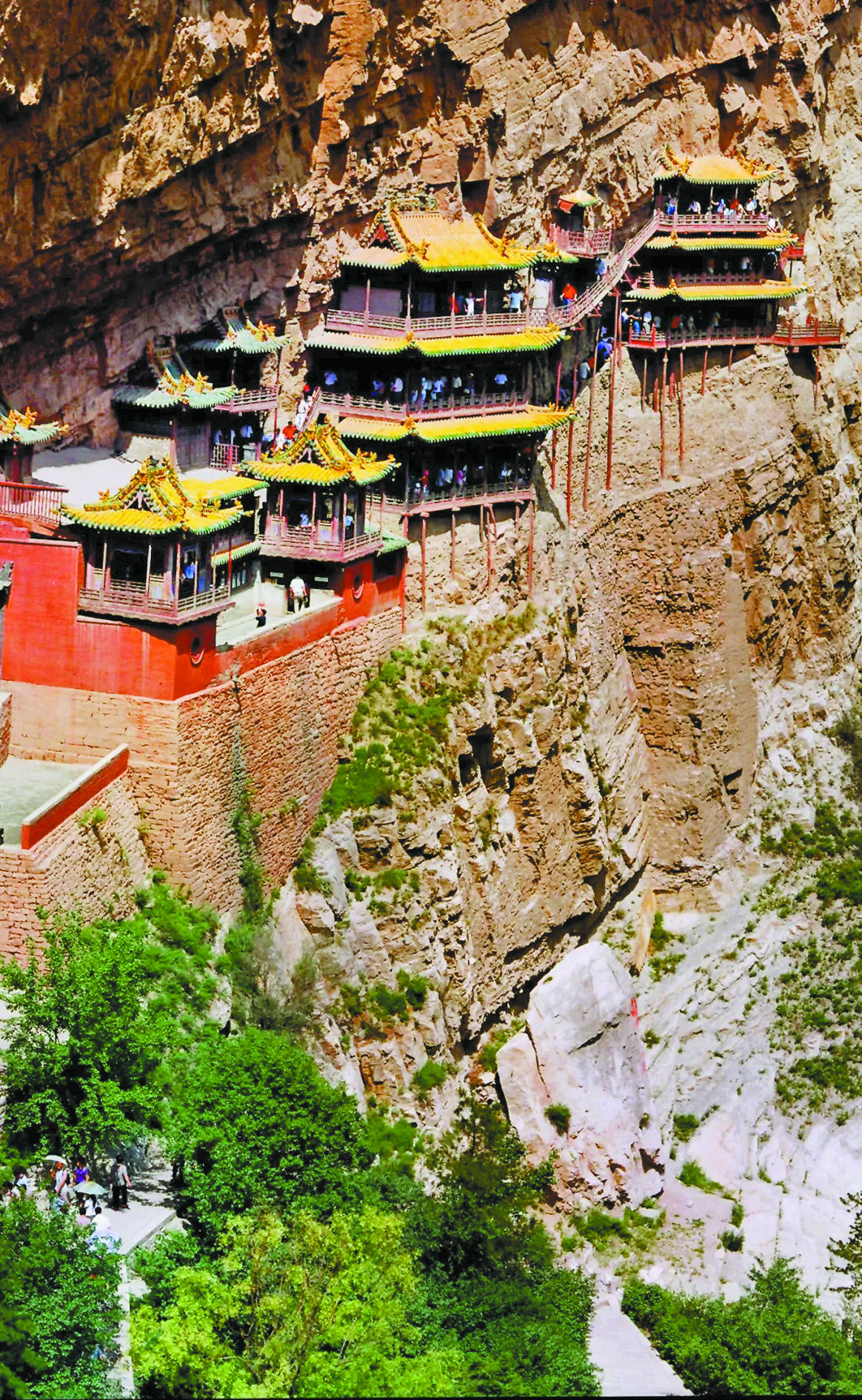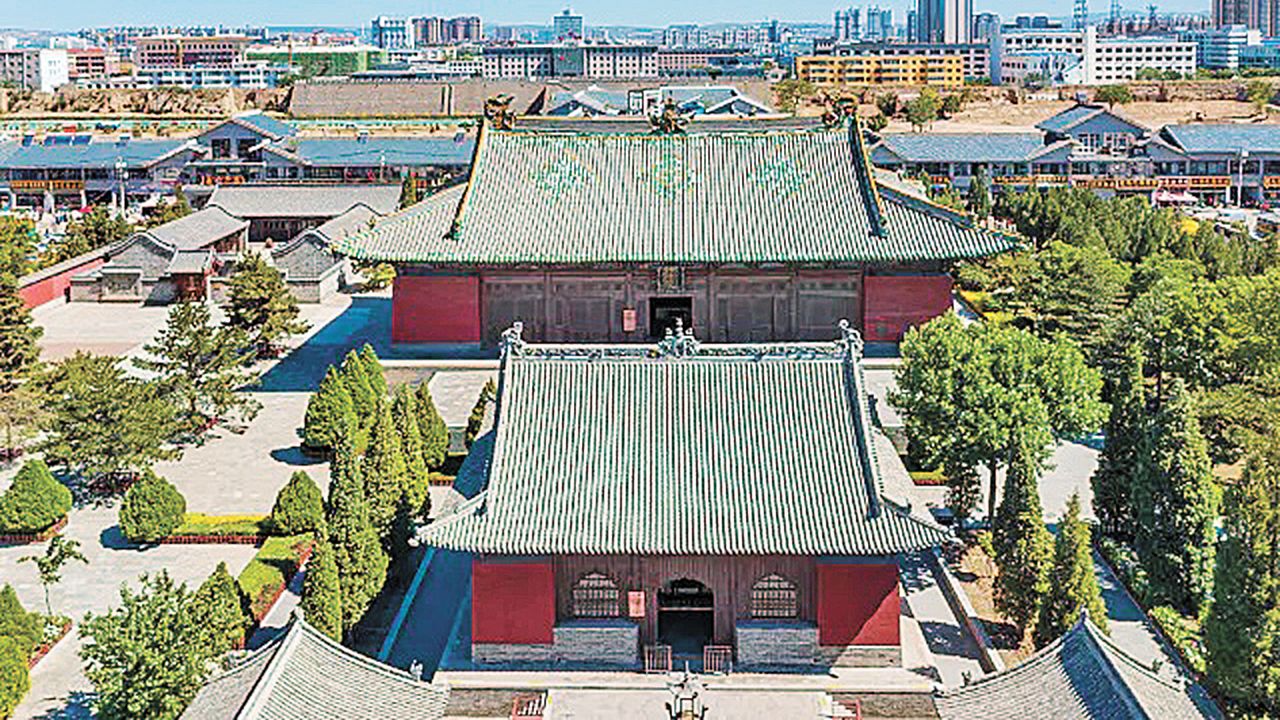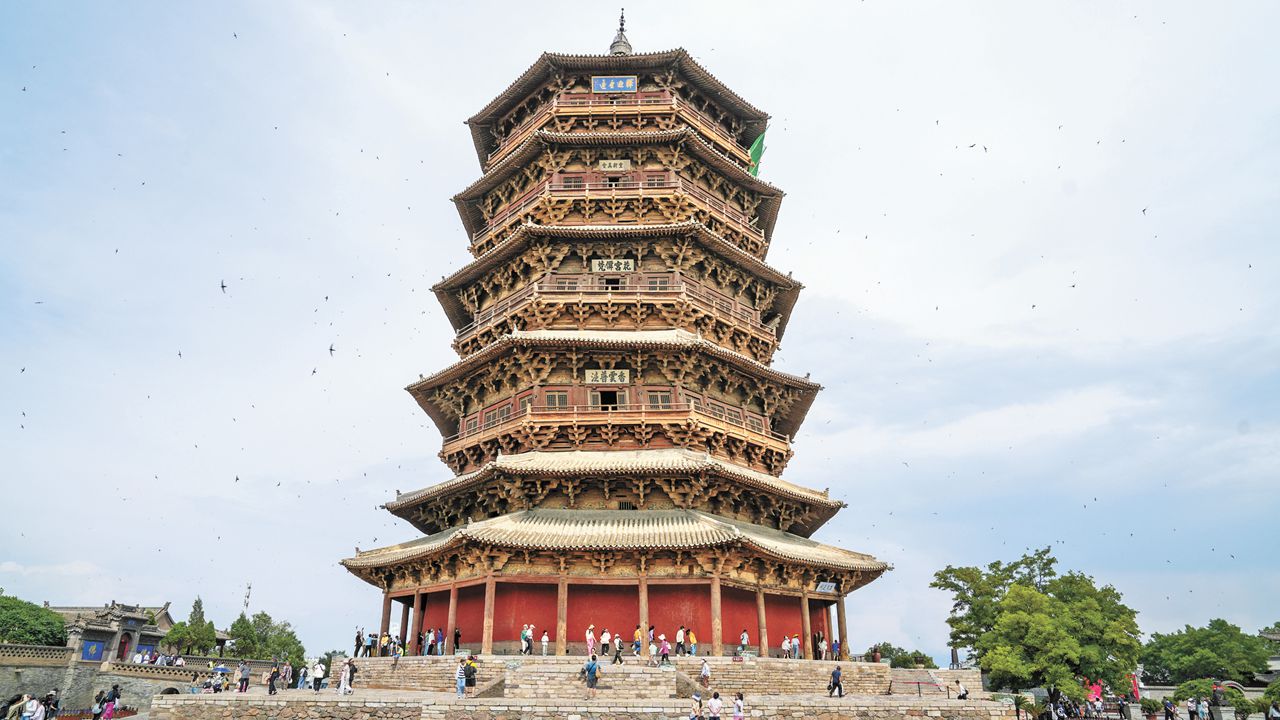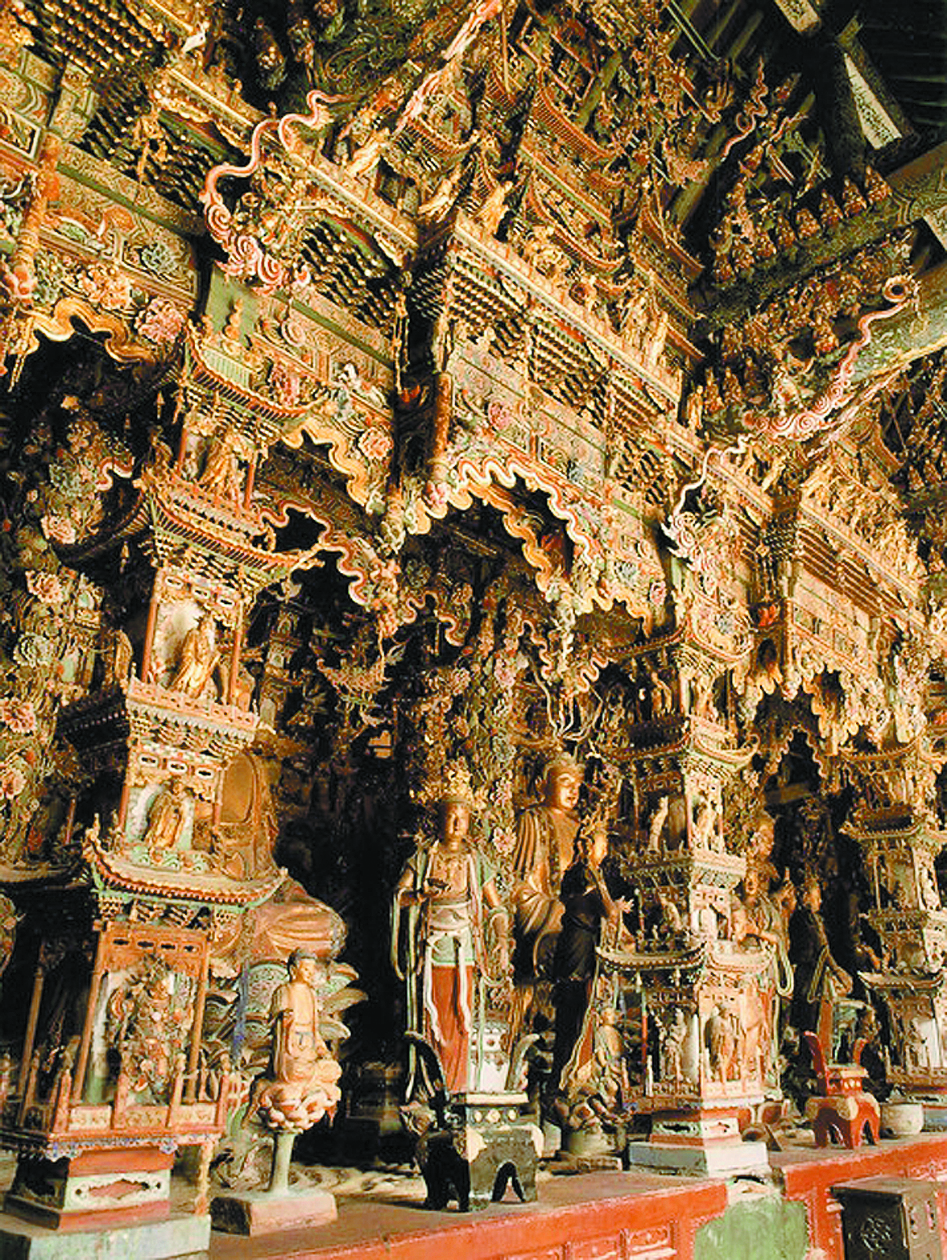Explore the actual locations behind 'Black Myth: Wukong' (I)
Writer: | Editor: Zhang Piaoyin | From: Shenzhen Daily | Updated: 2024-08-26
As the first Chinese game available on Steam, “Black Myth: Wukong” is set in a fantastical version of ancient China. It stands out among Chinese games for its stunning visuals, immersive storytelling and rich cultural inferences.
One of the most striking features of the game is its visual design. It boasts nearly 1:1 reproduction of the landscapes, including the ancient temples, towering peaks, mythical mountains, and enchanted forests. It is said that among the 36 locations that inspired the visuals, 27 are in North China’s Shanxi Province, home to over 80% of China’s ancient wooden structures.
Whether you are a tourist, a history buff or a gamer, it will be exciting to visit these real-life places.
Yungang Grottoes
As one of the four major grottoes in China, the statues of Yungang Grottoes dating from the Northern Wei Dynasty (386-534) are meticulously recreated in the game. It is recommended to start the tour from the first cave in the east and continue westward to the 45th cave, focusing on the 5th and 6th caves, the Five Marvelous Caves (9th-13th caves), and the Five Tanyao Caves (16th-20th caves). The Yungang Grottoes in Datong City are not only the pinnacle of Chinese Buddhist art but also represent the highest level of world sculpture art in the 5th century, making it an indispensable site for studying ancient Chinese grotto art.
Venue: No. 1, Yungang Town, Yungang District, Datong City

Tourists visit Yungang Grottoes in Datong City, Shanxi Province in this May 9, 2021 file photo. Photos by Xinhua
Xuankong Temple
Xuankong Temple, also known as Hanging Temple, is renowned for its precariousness. A unique cultural heritage that integrates Buddhism, Taoism, and Confucianism, the temple is suspended on the cliff of Cuiping Peak on the west side of Jinlong Gorge of the Hengshan Mountain. Its all-wooden structure and exquisite design showcase the wisdom and architectural skills of ancient Chinese people. A 10-meter corridor links the two towers, which are the main buildings of the temple. On the rocky cliff below the temple, there are two Chinese characters “壮观,” meaning “spectacular” written by the Tang Dynasty poet Li Bai after he visited the place in year 735.
Venue: At the foot of Hengshan Mountain, Hunyuan County, Datong City

Xuankong Temple
Chongfu Monastery
The temple, covering an area of over 23,400 square meters, is one of most massive temples built during Liao Dynasty (916-1125) and Jin Dynasty (1115-1234) and a representative of Shanxi architecture. Construction first began in year 665 during the Tang Dynasty (618-907), but the main structures were completed later.
The temple is famous for its well-preserved sculptures, murals, glazed ridges and doors and windows with Jin Dynasty-style carved decorations. Of high artistic value and historical significance, the temple is definitely worth a visit. Now it opens free to visitors.
Venue: East Street, Shuocheng District, Shuozhou City

Chongfu Monastery
Pagoda of Fogong Temple
The oldest and tallest existing wooden pagoda in the world today, the structure is better known as the Wooden Pagoda of Ying County in China. It was first constructed in 1056, during the second year of the Qingning period of Khitan-led Liao Dynasty and was renovated and expanded in 1195 during the Jin Dynasty. Standing on a 4-meter-tall stone platform and with a 10-meter-tall steeple, the pagoda reaches a total height of 67.31 meters. Its main structure, built of pine and elm wood, consists of a square lower part and an octagonal upper part. With a base diameter of 30.27 meters, the pagoda weighs over 7,400 tons. Having survived several large earthquakes throughout the centuries, the pagoda also houses 34 colored Buddhist statues. Each layer of the pagoda has wind chimes that create a melody when the wind passes through.
Venue: Northwest of Ying County, Shuozhou City

Pagoda of Fogong Temple
Temple of One Thousand Buddhas
Better known as Xiaoxitian, or Little Western Paradise, the temple on top of Mount Fenghuang occupies over 1,100 square meters. Historical records say its construction was initiated by the traveling Buddhist monk Dongming towards the end of the Ming Dynasty (1368-1644). The temple is most admired for the more than 1,000 polychrome clay sculptures housed in the Upper Main Hall, with the largest as tall as 3 meters and the smallest only the size of a palm. Crafted at the beginning of the Qing Dynasty (1644–1911), these sculptures are integrated into the building’s wooden structure, creating palatial and extravagant scenes of a Buddhist pure land.
Venue: On top of Mount Fenghuang, 1 km northwest of Xi County, Linfen City (SD News)

The Temple of One Thousand Buddhas is admired for its polychrome clay sculptures.